🌊 Floods in Punjab: Impact, Relief Efforts & How the State Fights Back
Every year, nature tests humanity in different ways, and for Punjab, floods have been one of the most recurring challenges. Known as the “Granary of India”, the fertile fields of Punjab do not only have the backbone of food security of the 🌾 country but also the lifestyle for millions of farmers. When the Floods in Punjab attacks, it is not only the soil that is submerged, but also its people’s hopes, efforts and existence.
🌧 Flood influence in Punjab
Floods in Punjab usually occur during the monsoon season, when excessive rainfall is associated with the overflow of rivers such as ☔ Sutlej, Beas, Ravi and Ghaggar. These rivers, while a blessing for agriculture, can turn into a curse when the water level increases uncontrollably.
Crores of crops are destroyed.
The villages are cut off due to the waterfall.
The collapse of the houses, the livestock sinks, and the roads crack under pressure.
Thousands of people are displaced and forced to take shelter in relief camps.
Psychological effects are equally severe. Farmers who work tirelessly for months make their hard-earned crop disappear overnight. Families worry about food, shelter and medical requirements, while children are deprived of education when schools flood.
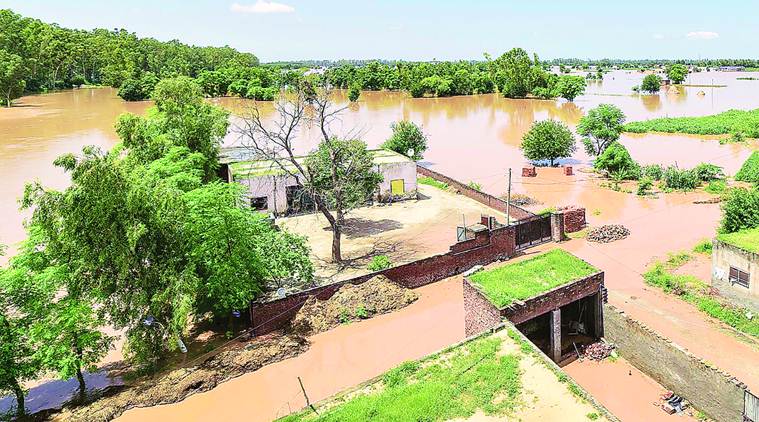
🤝 How Punjab deals with the challenge of floods
Despite the magnitude of the crisis, Punjab has shown remarkable flexibility in dealing with floods. The state government, armed forces, non-governmental organisations and common citizens come together as a community when disaster attacks.
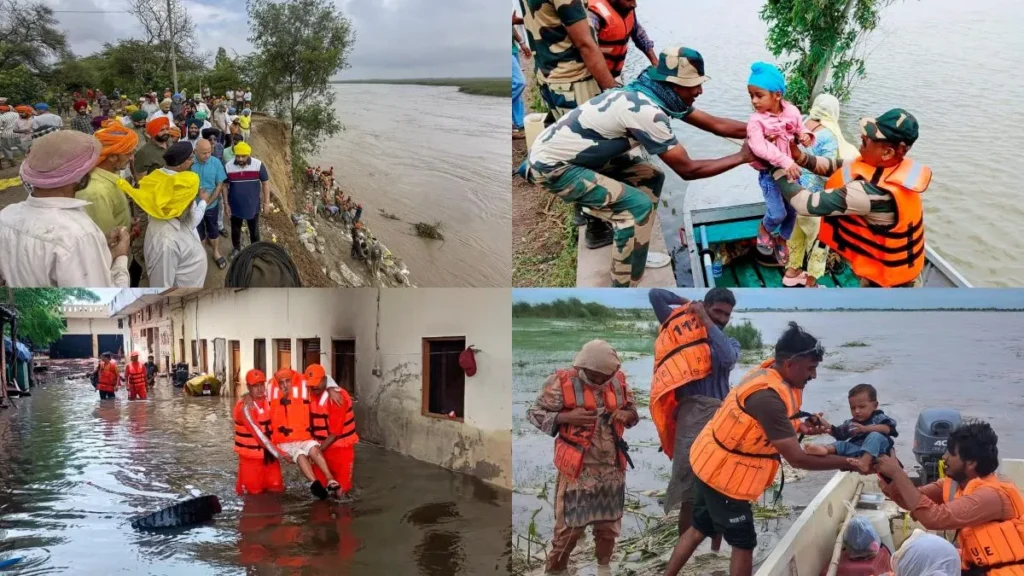
🚁 rescue operations
The army, NDRF (National Disaster Response Force), and local officials perform a large-scale rescue mission. Boats ⛵, helicopters 🚁, and even tractors are used to evacuate trapped families. Many local people also shake hands and offer private vehicles and manpower to save lives.
Read more – Emerging Trade Alliances: India, China, and Russia’s Role in Global Economy
⛺ Relief Camp and Medical Assistance
Schools, community halls, and Gurudwaras to open their doors to provide temporary shelter because Floods in Punjab. The Sikh principle of service (selfless service) shines during these difficult times, in which the langars are held to feed thousands of people. Doctors and volunteers set up medical camps to prevent outbreaks of diseases caused by stagnant water.
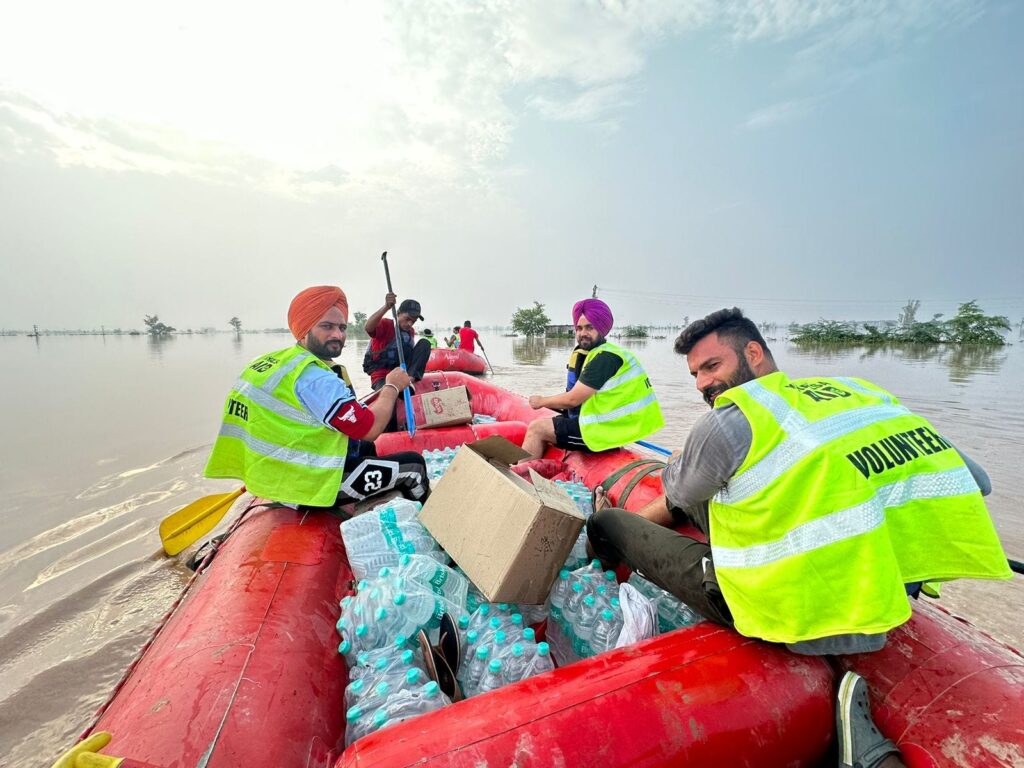
💧 strengthen infrastructure
Over the years, Punjab has invested in the construction of embankments, flood channels and drainage systems to reduce losses. The authorities continuously monitored the water level in the rivers and issued an initial warning to reduce the number of casualties.
🌱 Farmers’ support and compensation
Since agriculture is the most affected area, the state provides a compensation package for crop loss. Although sometimes there is a delay, these measures expect farmers to struggle to resume their lives. Modern irrigation and water management practices are also being introduced to reduce future risks.
Community Spirit
One of the most charming aspects of the fight against the flood of Punjab is the unity of its people. Neighbours help each other, strangers extend hands, and increase the call for social media aid in the situation of Floods in Punjab. Many non-governmental organisations and young groups step in, ensuring that food, clothes and medicines reach the affected areas.
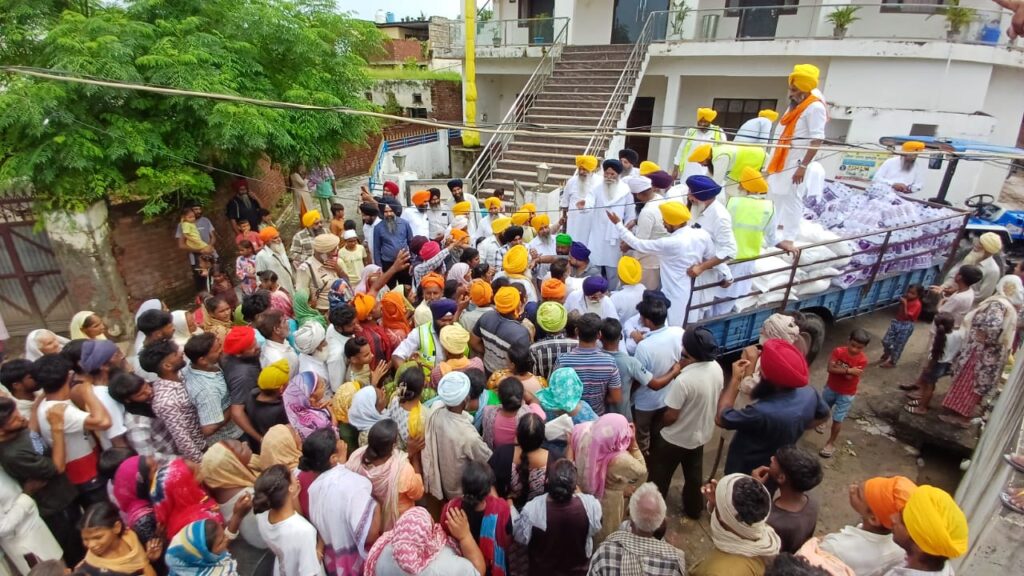
🙏 lesson and forward road
A flood is a reminder that while humans are advanced in technology, nature still has immense power. Punjab’s courage, unity and determination have proved time and again that disasters can be fought with flexibility. However, a long-term plan is required:
- A stronger flood forecasting system 📊.
- River Desilting Projects 🚜.
- Disaster-tairata drill in villages.
- More awareness about climate change.
Punjab has always stood tall, whether it is defending the nation or feeding it. In front of the flood, the state continues to inspire India with its indomitable spirit. With strong policies, better infrastructure and collective willpower, Punjab can ensure that they will never wash away their strength during floods.
❓ 1. What factors lead to flooding in Punjab?
👉 The major causes of flooding in Punjab are heavy rains brought by the monsoon season, overflowing rivers (Sutlej, Beas, and Ghaggar), poor drainage, and climate change.
❓ 2. How do floods impact agriculture in Punjab?
👉 As Punjab is the food bowl of India, it experiences terrible crop losses 🌾. Murray, wheat, and maize all stand completely submerged, causing food and economic challenges.
❓ 3. What are 5 detrimental effects of flooding in Punjab?
👉 Loss of crops, quarantine, the death of livestock 🐄, damaged infrastructure 🛤️, and waterborne diseases.
❓ 4. How does Punjab mitigate and cope with flood situations?
👉 In addition to relief camps ⛺, rescue missions 🚁, medical response packages, embankment capacity of water, and responsibility are assumed wholeheartedly by the community in langar seva.
❓ 5. What functions do gurdwaras and NGOs serve at the time of the Punjab floods?
👉 Gurdwaras serve as shelters with open doors, offer free food 🍲, and NGOs and volunteers provide clothes and medicines and help with evacuations.
❓ 6. What will stop floods in Punjab in the future?
👉 Improved river management and desilting, flood warning systems that work, better drainage, and climate-resilient farming practices can lessen the damage.
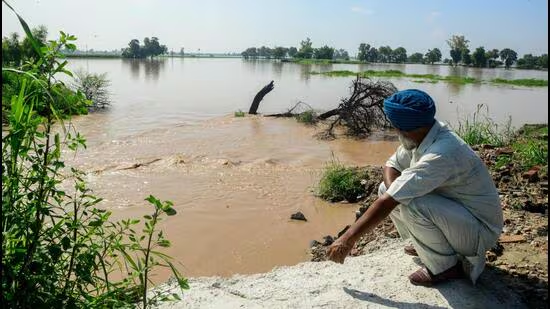

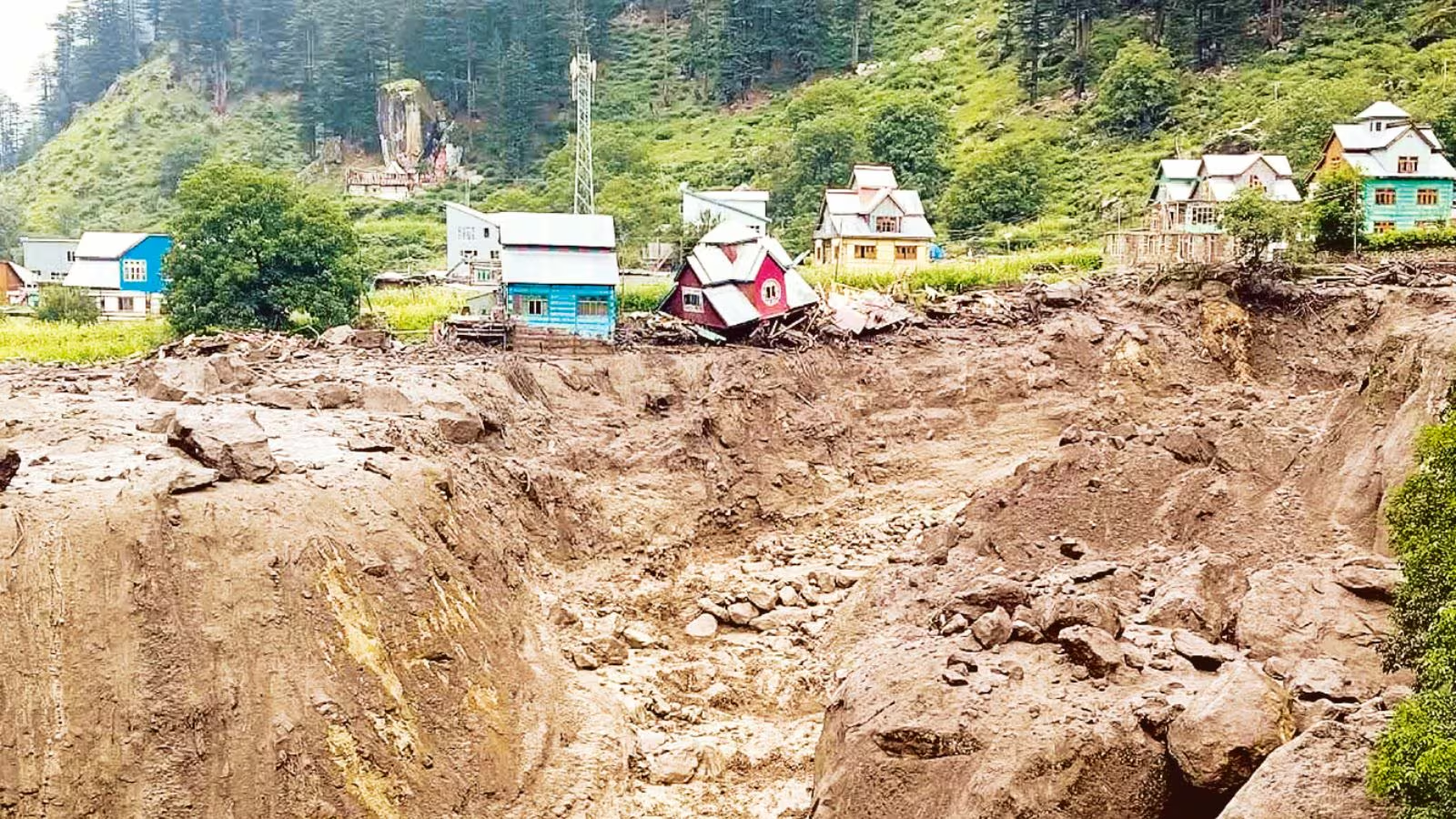
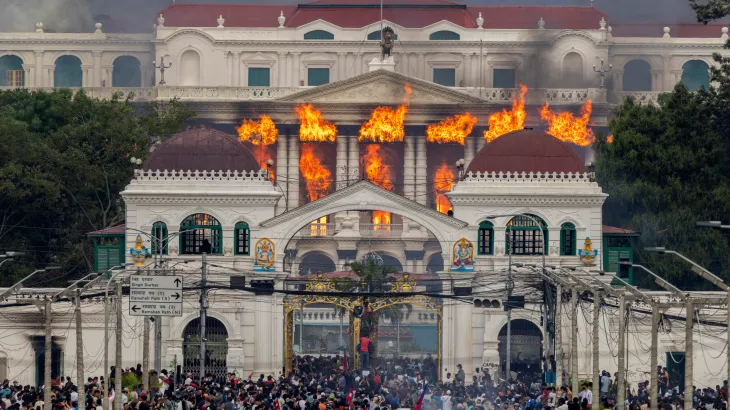

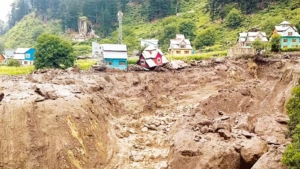
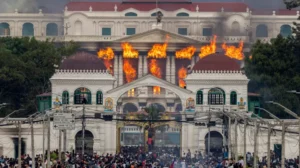
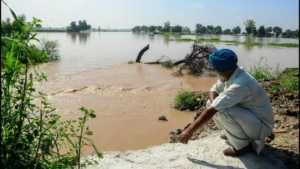






Post Comment